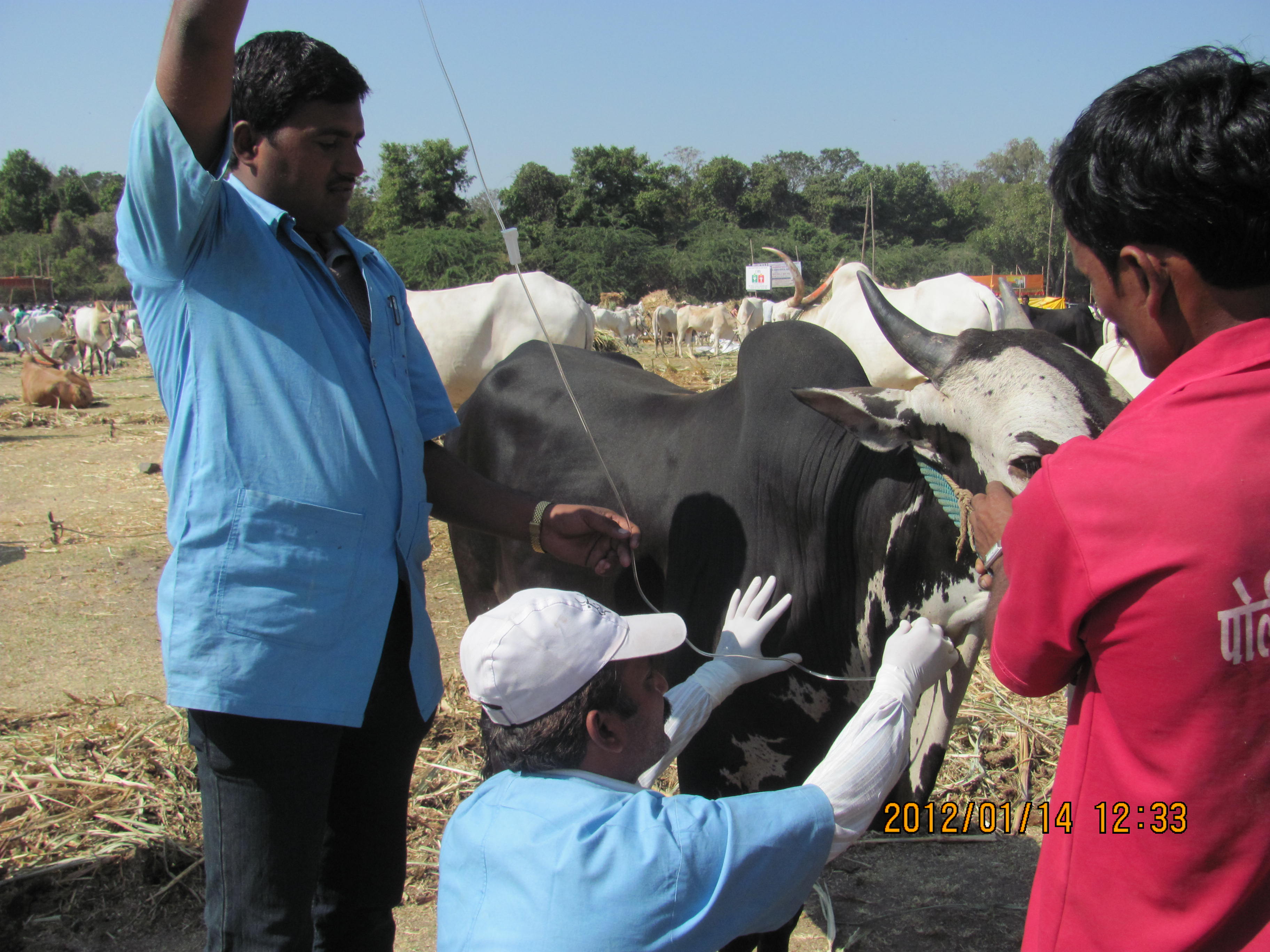Fluid therapy calculations in animals information
Home » Trend » Fluid therapy calculations in animals informationYour Fluid therapy calculations in animals images are ready in this website. Fluid therapy calculations in animals are a topic that is being searched for and liked by netizens now. You can Download the Fluid therapy calculations in animals files here. Download all free images.
If you’re looking for fluid therapy calculations in animals pictures information connected with to the fluid therapy calculations in animals topic, you have come to the ideal site. Our website always gives you suggestions for seeking the highest quality video and picture content, please kindly hunt and find more informative video content and graphics that fit your interests.
Fluid Therapy Calculations In Animals. Disconnect the t connector from the catheter 3. The common routes of administration include: % dehydration × body wt (kg) × total body water (0.6). Intravenous access to the jugular vein and administration of fluid therapy.
 IHMC Public Cmaps (3) From cmapsconverted.ihmc.us
IHMC Public Cmaps (3) From cmapsconverted.ihmc.us
Cat / small dog medium dog large dog. Fluid requirement (ml) over 24. __% dehydration x __wt in kg = ___l example: Maintenance fluids should be provided to those animals not consuming sufficient fluids, in addition to correcting their fluid deficit. Students will also learn about osmosis, and how to calculate correct fluid rates. Fluids can be given per os (po) in patients that are mildly dehydrated (<5%) and have a functional gastrointestinal tract.
Calculations deficit replacement volume (ml) = % dehydration x bw (kg) x 1000 x 0.80 • inevitable water losses @ 20 ml/kgbw/day • urinary losses @ 20 ml/kg bw/day • losses from vomiting @ 4 ml/kg bw/vomit • pcv deficit x 10 x 30 (ml) • plasma deficit (1/4 of extracellular fluid loss or 1/12 of total)
To achieve a 7.5% dilution, add 17 ml of the 23% hypertonic saline solution to 43 ml of the colloid solution. Cat / small dog medium dog large dog. Calculations deficit replacement volume (ml) = % dehydration x bw (kg) x 1000 x 0.80 • inevitable water losses @ 20 ml/kgbw/day • urinary losses @ 20 ml/kg bw/day • losses from vomiting @ 4 ml/kg bw/vomit • pcv deficit x 10 x 30 (ml) • plasma deficit (1/4 of extracellular fluid loss or 1/12 of total) Kimberly baldwin, lvt education coordinator cornell university ithaca, ny the purpose of this lecture is to give the technician an overview of the types of fluids available to include crystalloid and colloids. Intravenous fluids are “drugs,” and fluid therapy is a “prescription,” and should be considered as such to avoid potential complications resulting from inappropriate selection, underdosing, and overdosing. 60% of a patient’s body weight is water, 40% of body weight is icf, and 20% of body weight is ecf.
 Source: cmapsconverted.ihmc.us
Fluid therapy is an integral part of the modern veterinary clinic. Fluid therapy for the companion animal. These are, of course, good books but as usual their prices are prohibitive for our students, extension workers and even for teachers. % dehydration × body wt (kg) × total body water (0.6). Fluids for the sick patient.
 Source: cmapsconverted.ihmc.us
Source: cmapsconverted.ihmc.us
Appropriate fluid therapy for animals with gi conditions should include calculation of total fluid deficit from physical examination findings along with measurement of ongoing losses and calculation of required daily intake to maintain homeostasis. Fluid selection is dictated by the patient’s needs, including volume, rate, and fluid composition required, as well as location the fluid is needed (interstitial versus intravascular). Consider starting the anesthetic procedure at 3 ml/kg/hr in cats and 5 ml/kg/hr in dogs. 59 selection of fluid type and volume is a major component of the therapeutic plan and should include careful assessment of tissue and intravascular losses,. Fluids can be given per os (po) in patients that are mildly dehydrated (<5%) and have a functional gastrointestinal tract.
This site is an open community for users to share their favorite wallpapers on the internet, all images or pictures in this website are for personal wallpaper use only, it is stricly prohibited to use this wallpaper for commercial purposes, if you are the author and find this image is shared without your permission, please kindly raise a DMCA report to Us.
If you find this site good, please support us by sharing this posts to your own social media accounts like Facebook, Instagram and so on or you can also bookmark this blog page with the title fluid therapy calculations in animals by using Ctrl + D for devices a laptop with a Windows operating system or Command + D for laptops with an Apple operating system. If you use a smartphone, you can also use the drawer menu of the browser you are using. Whether it’s a Windows, Mac, iOS or Android operating system, you will still be able to bookmark this website.
Category
Related By Category
- Anime like cowboy bebop information
- Best anime gifs information
- Do animals cry information
- Arc animal rescue information
- Anime thriller genre information
- Dyson v7 animal black friday information
- Copyright free cartoon animal images information
- Fantastic four the animated series episodes information
- Dyson v11 animal black friday 2019 information
- Coniferous forest animals information